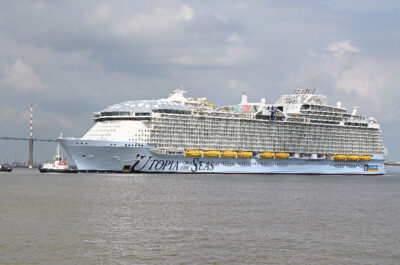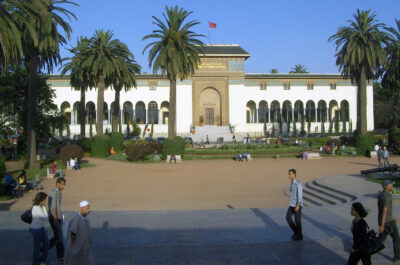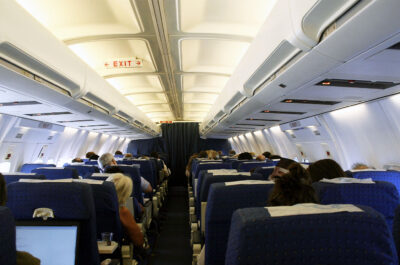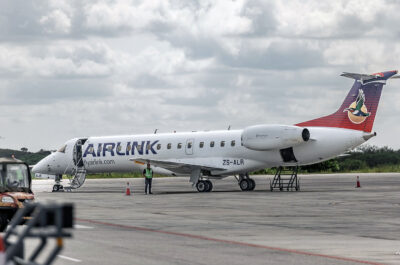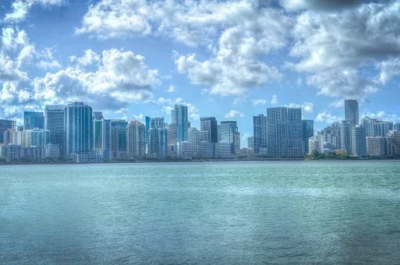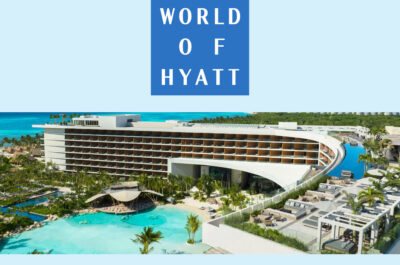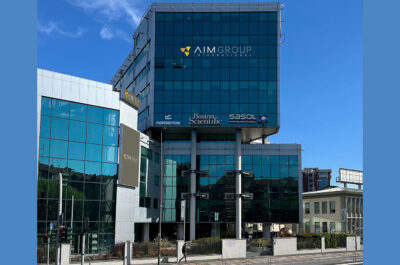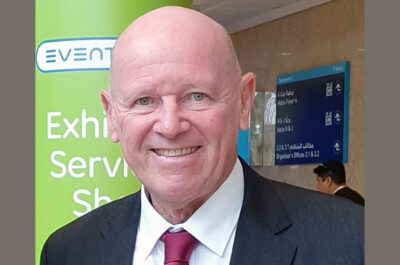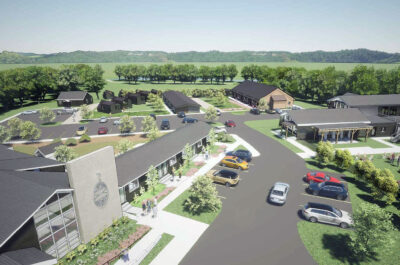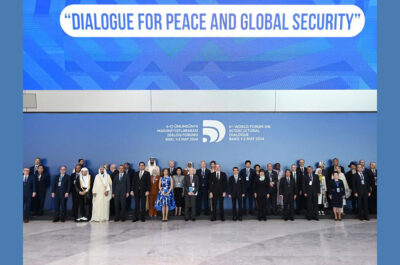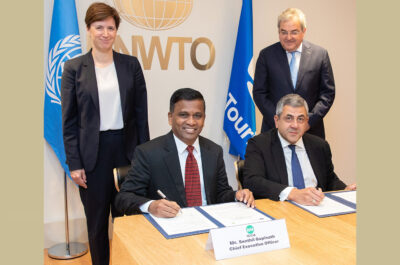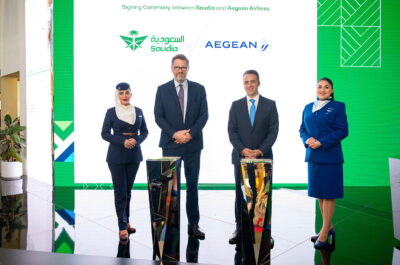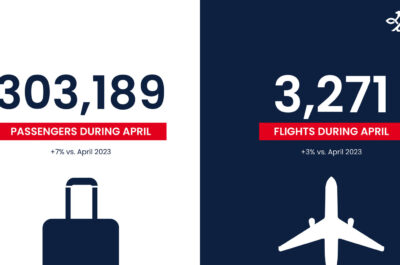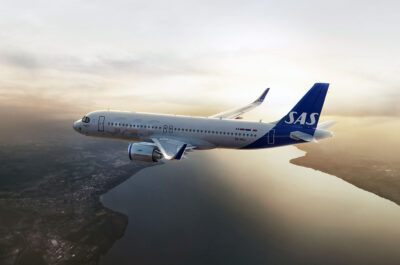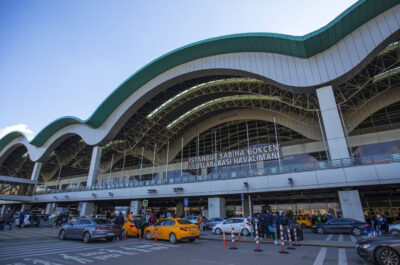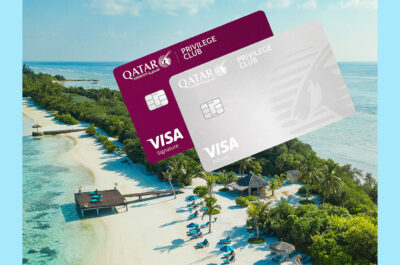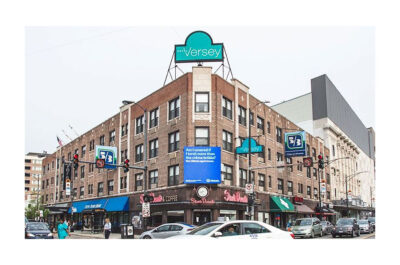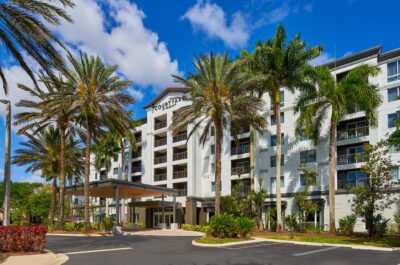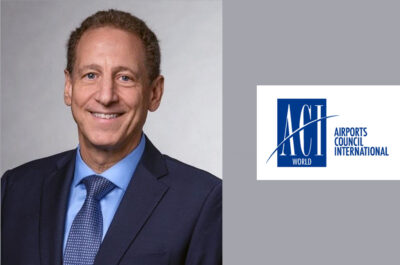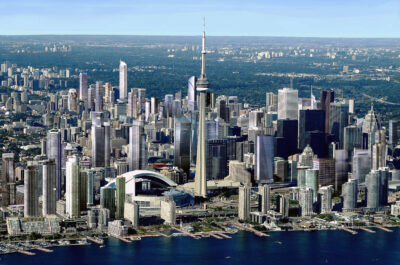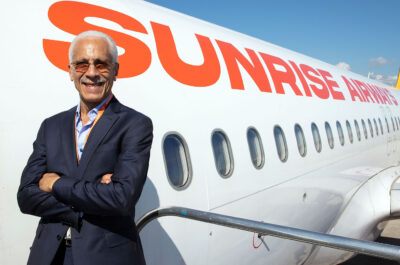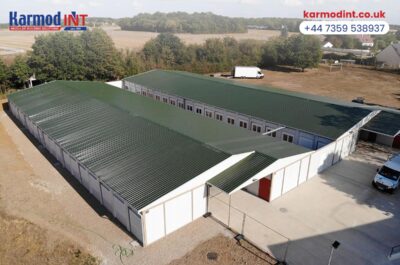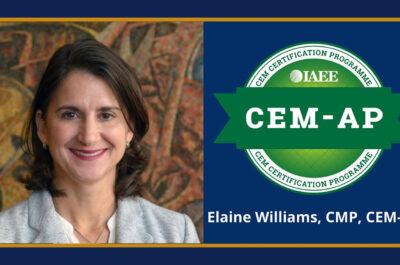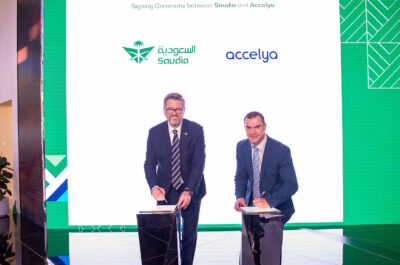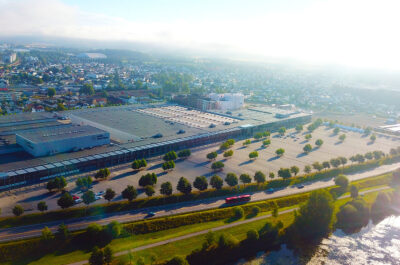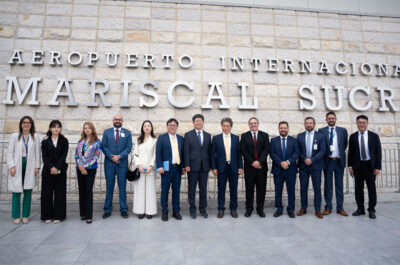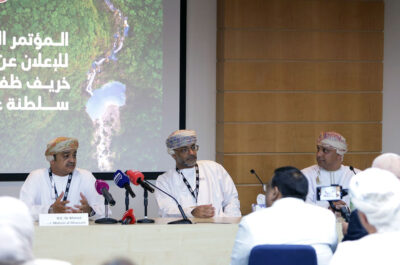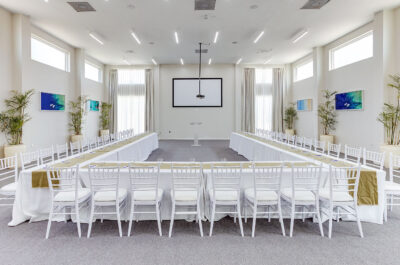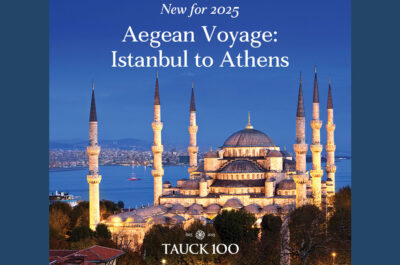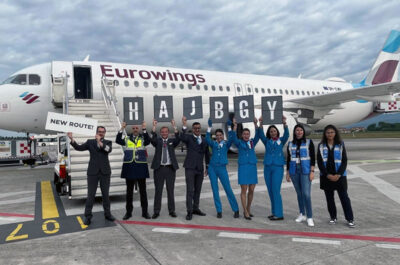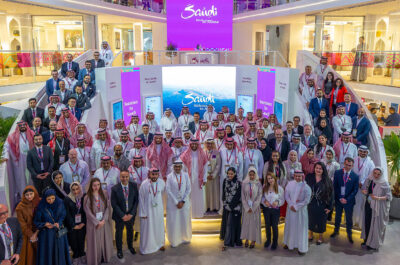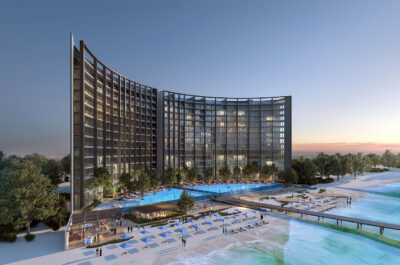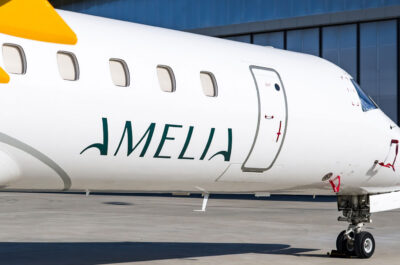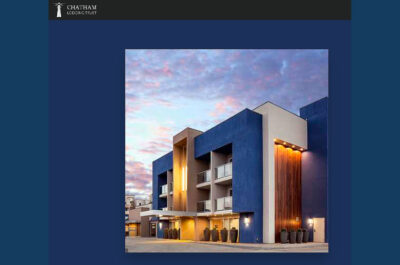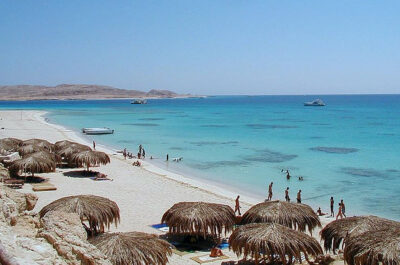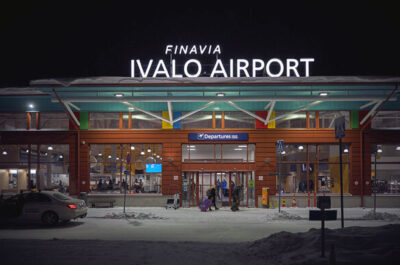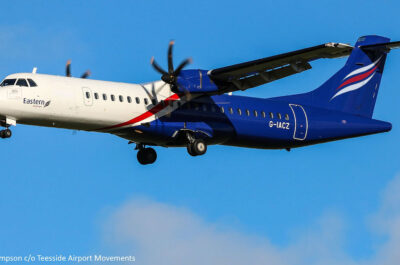The last edition of In the Know, our fortnightly e-newsletter, looked at why hotel performance in the Middle East…
The last edition of In the Know, our fortnightly e-newsletter, looked at why hotel performance in the Middle East was at an all time high during the first quarter of 2004. This article focuses on some of the strongest performing markets, namely Dubai, Kuwait and Doha that are helping drive performance across the region.
The table below shows the top five markets in the Middle East that reported the highest revenue per available room (revPAR) premiums during the first quarter of 2004.
Highest revPAR performance – first quarter 2004
| Occupancy | Average Room Rate | RevPAR | ||||
| % | % Change | US$ | % Change | US$ | % Change | |
| Dubai – Jumeriah Beach | 93.9 | 37.0 | 271 | 21.0 | 255 | 65.8 |
| Kuwait City | 88.6 | 12.2 | 229 | 18.9 | 203 | 33.3 |
| Dubai – City Centre | 91.7 | 12.4 | 121 | 24.6 | 111 | 40.1 |
| Doha | 86.4 | 15.9 | 115 | 17.6 | 99 | 36.3 |
| Beirut | 67.1 | 37.7 | 147 | -6.0 | 99 | 29.4 |
Source: HotelBenchmark Survey by Deloitte
Dubai targets MICE
Hotels in both Jumeriah Beach and in the city centre have reported amongst the highest revPAR`s of any market in the Middle East. However, there is over US$140 difference in the performance of both markets.
Dubai continues to remain popular with both business and leisure travellers alike. The city recently came third in a CNN poll as the most preferred city for business travel in the world after Hong Kong and Singapore. Interestingly it is against these two cities that Dubai is positioning itself to tap more into the potential of the MICE market.
Ease of access to Dubai also continues to expand. Emirates Airlines has so far this year added new routes to Shanghai, Vienna, Glasgow and New York. A new airport terminal (terminal 3) has been under construction at Dubai International Airport since 2002. This is scheduled to open in 2006 and will be dedicated entirely to Emirate Airlines flights.
Dubai remains a hive of activity in terms of new developments. Construction of The Palms, the world`s two largest man-made islands, began in 2001. The Palm Jumeriah is scheduled for completion at the end of 2005, whilst The Palm Jebel Ali is expected to be operational by the end of 2007. These developments will increase Dubai`s shoreline by 120km and are intended to help position the city as a premier global tourist destination.
2003 saw the opening of the Dubai International Financial Centre as well as Dubai Healthcare City. During the year, Dubailand was also announced. This multi-billion dollar project comprises of over 45 projects and aims to provide the regions ultimate tourism, leisure and entertainment destination. The launch phase of this project will run from 2004-2006, with phase one then running from 2007-2010.
Kuwait – barriers to entry start to fall
Kuwait was strongest performing market in the Middle East in 2003. During the first quarter of 2004, the city reported the second highest revPAR of any market in the region. Clearly the market has benefited from increased demand from the military and media both pre and post the war in Iraq. It is hard however to predict how long the current situation will last.
When the military and media move on, will there be sufficient corporate and leisure travellers to replace them?
The good news is that steps are being taken to address this. Earlier this month Kuwait announced its tourism master plan for the next 20 years. This has been developed in conjunction with the World Tourism Organisation and the United Nations
Development Programme and is expected to be implemented by 2005. The primary objective is to help Kuwait diversify its
national income. The country`s first priority is to improve domestic tourism, before turning its attention to positioning itself as a Gulf Co-operative Council (GCC) tourist destination targeting markets such as Bahrain, Oman, Qatar, Saudi Arabia and United Arab Emirates.
Kuwait is also becoming more accessible. In March 2004 visa regulations were revised. This means that visitors from North America, Western Europe, South East Asia, Australia and New Zealand are now able to obtain entry visas on arrival as opposed to applying for these weeks in advance.
The country is also becoming more accessible due to changes in foreign investment legislation. In October 2003 Kuwait introduced new regulations to enable foreign companies to operate there. This provides opportunity for 100 percent foreign ownership across a number of sectors, including tourism.
Like Dubai, Kuwait`s long-term tourism investment plan also includes the development of two offshore islands, Failaka Island and Bubiyan Island.
Doha goes head to head with Dubai
Both Doha and Beirut reported the fourth highest revPAR`s of any market in the Middle East during the first quarter of 2004.
Like Kuwait, Qatar has also recently announced plans to invest US$15 billion in tourism development. Tourism to the country is expected to more than double over the next six years to reach one million visitors by 2010. The objective of the country`s tourism master plan is to raise Qatar`s profile as a high-quality tourism destination. This should mean the county will be in a position to go head to head with Dubai for the Gulf leisure market.
It is expected that eight new hotels will open in Doha by mid 2006, adding over 2,500 rooms to supply levels. In addition to this two new beach resorts are also planned, the Al Fareej resort and the Al Mafjar resort. Work has also begun on the first of two lifestyle cities, the Peal of the Gulf. This is a mixed use development including residential and hotel accommodation. Work on the second city, the North Beach development (near the Ritz Carlton) is scheduled to start in 2005.
A new airport is also planned. The new Doha International Airport is scheduled to open in 2008. Full development of the airport will be complete by 2015, by which time it will have the capacity to deal with 50m passengers a year.
So what of the future?
Given the circumstances, hotels in the Middle East are performing well. Both the growth in intra-regional travel as well as increased spending on tourism infrastructure in countries such as Kuwait and Qatar bodes well for the future of the region. Operators and investors continue to show interest in the Middle East with recent announcements from InterContinental, Hilton International, Accor and the Kingdom Hotel Investment Group regarding future plans for expansion across the region. However, despite all of this the situation in both Iraq and Saudi Arabia remains fragile and as such a degree of uncertainty still remains as to the future of the region.
Notes: All analysis in US$
Theodore is the Co-Founder and Managing Editor of TravelDailyNews Media Network; his responsibilities include business development and planning for TravelDailyNews long-term opportunities.

















